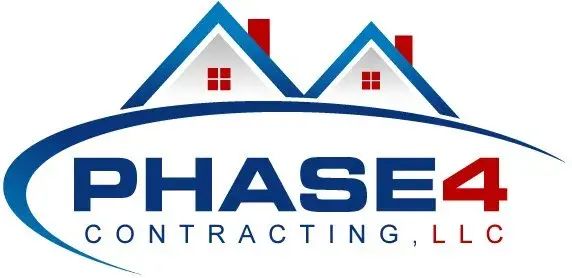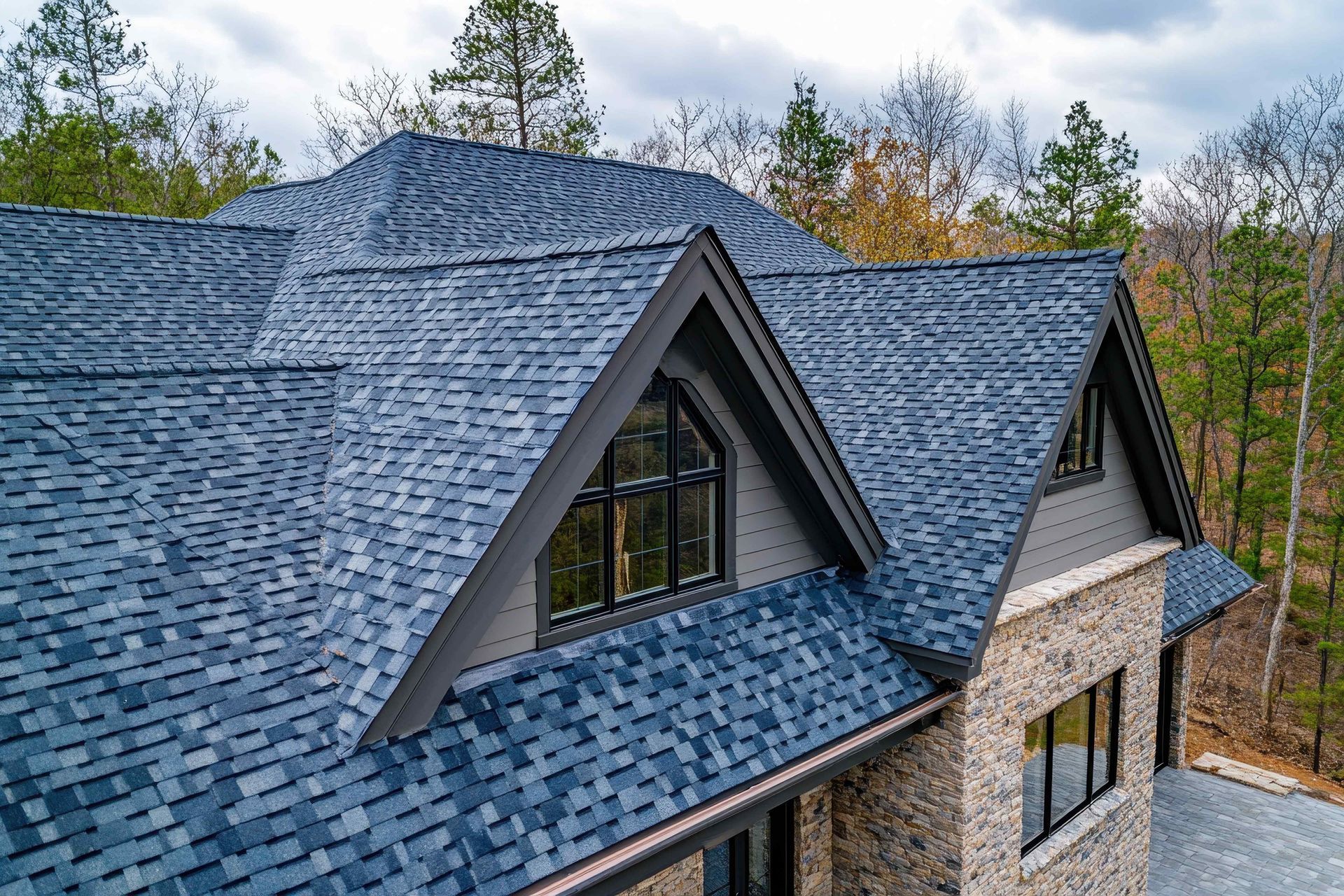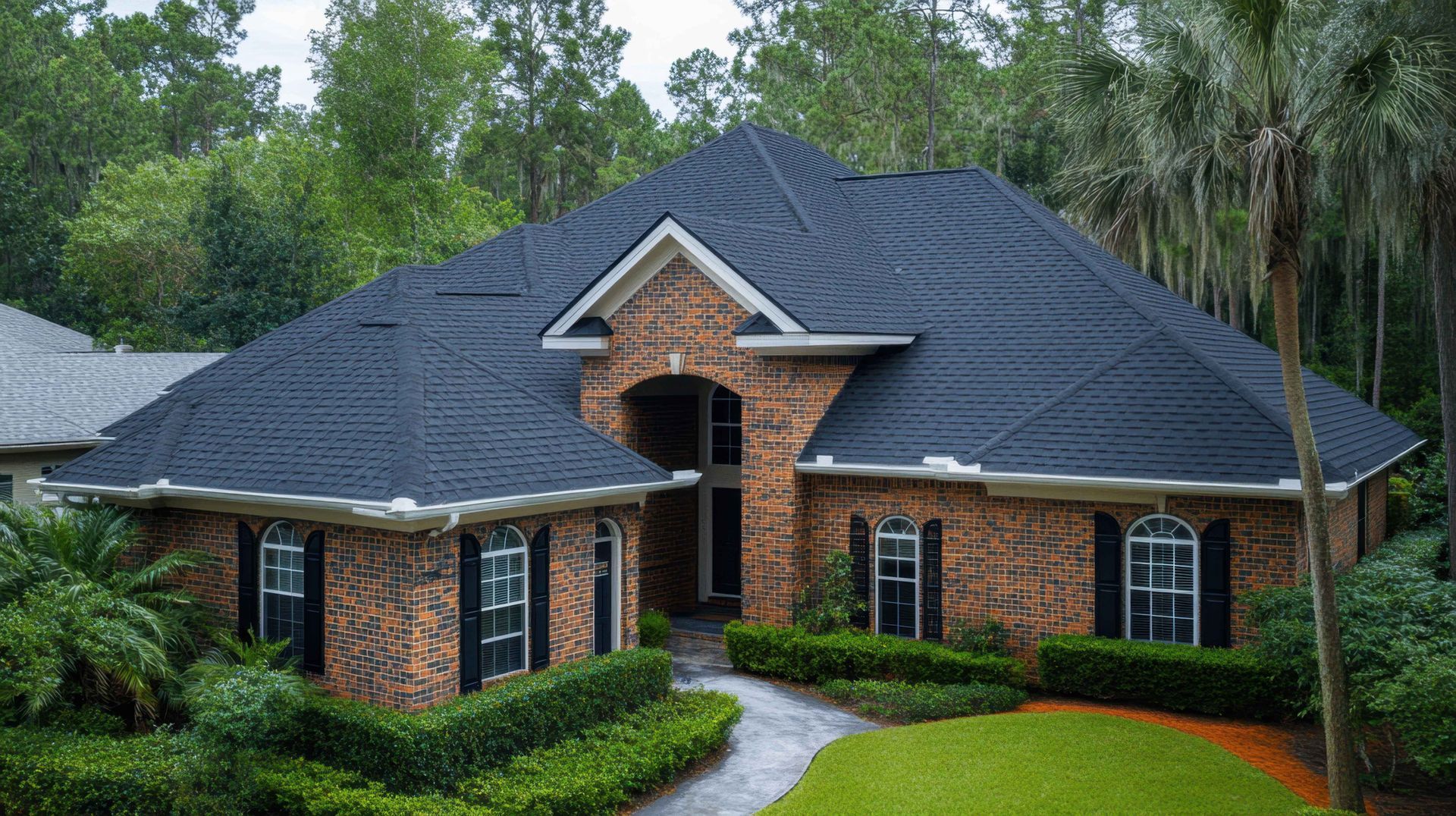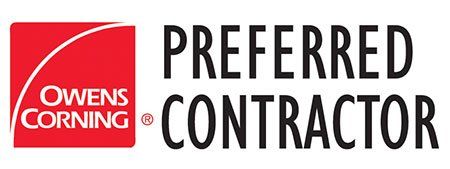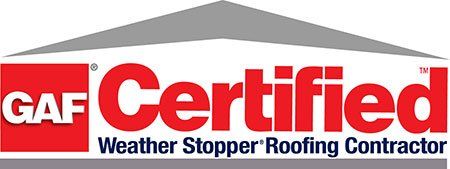If you're considering giving your home a fresh, durable, and visually appealing facelift, siding replacement is one of the best investments you can make. At Phase4 Contracting, we specialize in siding solutions that not only enhance the look of your property but also deliver long-lasting performance. Here’s how replacing your siding can transform your home—and what to consider when planning the project.
Why Siding Replacement Matters
1. Boosts Curb Appeal Instantly
First impressions count. New siding can dramatically refresh your home’s exterior, improving its appearance from the street, enhancing landscaping, and elevating the overall aesthetic. It’s often the first thing neighbors, visitors, and potential buyers notice.
2. Increases Home Value & Resale Appeal
Upgrading siding isn’t just cosmetic. According to industry studies, new siding—especially with durable materials—can significantly increase your home’s resale value. Homes with fresh siding often stand out in real-estate listings, attract buyers more quickly, and command higher offers.
3. Improves Energy Efficiency & Insulation
Modern siding materials often include enhanced insulation or make it easier to upgrade the insulation underneath. This reduces drafts, helps maintain consistent interior temperatures, and lowers heating and cooling costs.
4. Reduces Maintenance & Long-Term Repair Costs
Old, worn siding can lead to problems like rot, mold, insect damage, or water infiltration. Replacing siding gives you the chance to address underlying issues, choose more durable materials, and reduce the time and money spent on upkeep years down the road.
5. Better Protection from the Elements
New siding provides a stronger barrier against weather—wind, rain, snow, hail—and helps shield structural components of your home. Properly installed siding reduces the risk of moisture intrusion and damage.
Key Choices: Materials & Styles
When planning a siding replacement project, these are the major decisions that will affect cost, appearance, durability, and performance.
| Material | Pros | Considerations |
|---|---|---|
| Vinyl siding | Affordable, low maintenance; many colors/textures available | May warp in extreme heat; quality varies; finish & insulation options matter |
| Fiber-cement siding | Fire, rot, and insect resistant; long lifespan; more premium look | More costly; heavier; installation can be more complex |
| Wood siding | Natural beauty; classic aesthetics | Requires more maintenance; vulnerable to moisture / insects if not well protected |
| Composite / engineered siding | Combines durability with aesthetic options; less maintenance than wood | Initial cost can be higher; not all brands are equal in quality |
| Other options (brick veneer, stucco, metal) | Unique looks; possibly premium value depending on style and region | Cost, climate suitability, and long-term maintenance differ widely |
When to Replace Siding: Signs to Watch For
You don’t always need a full replacement until things get bad—but here are signs it’s time to consider the upgrade:
- Cracks, holes, or visible damage in siding
- Rot, soft spots, or structural damage behind siding
- Warping, buckling, or separation
- Heavy fading, discoloration, or peeling finishes
- Moisture, mildew, or mold appearing inside or outside
- High utility bills due to poor insulation
Planning & Preparing for a Siding Replacement
To ensure your siding replacement is done right and delivers maximum benefit, follow these planning steps:
- Assess your current siding condition – Know what’s working, what’s failing, and what needs removal or repair.
- Choose quality materials – Don’t cut corners on materials. Better-quality siding often provides better performance and a longer warranty.
- Hire experienced contractors – Installers with siding expertise get the job done properly: flashing, sealing, insulation, and finishing all matter.
- Consider climates and local codes – Materials and installation methods should match your weather, local building codes, and aesthetics in your area.
- Budget realistically – Factor in removal of old siding, disposal, potential repairs beneath siding (rot, framing), material costs, and labor.
- Think long term – Select styles, colors, and materials that will age well, resist weathering, and maintain resale value.
Why Phase4 Contracting Is Your Best Choice
- Local expertise & craftsmanship: We understand the regional climate, local building codes, and what materials perform well in our area.
- Quality materials: We work with trusted brands and offer a range of siding options so you can balance cost, aesthetics, and durability.
- Attention to detail: Proper preparation, insulation, moisture management, and installation finish ensure your investment lasts.
- Customer satisfaction: Transparent estimates, clean work, and responsive service—because your home is more than just a project to us.
Final Thoughts
Siding replacement can be much more than just a cosmetic facelift. When executed well, it transforms your home’s exterior appearance, reduces maintenance, improves energy efficiency, and boosts resale value. If you're ready to enhance both the beauty and the performance of your home, Phase4 Contracting is here to help make that transformation seamless and long-lasting.
